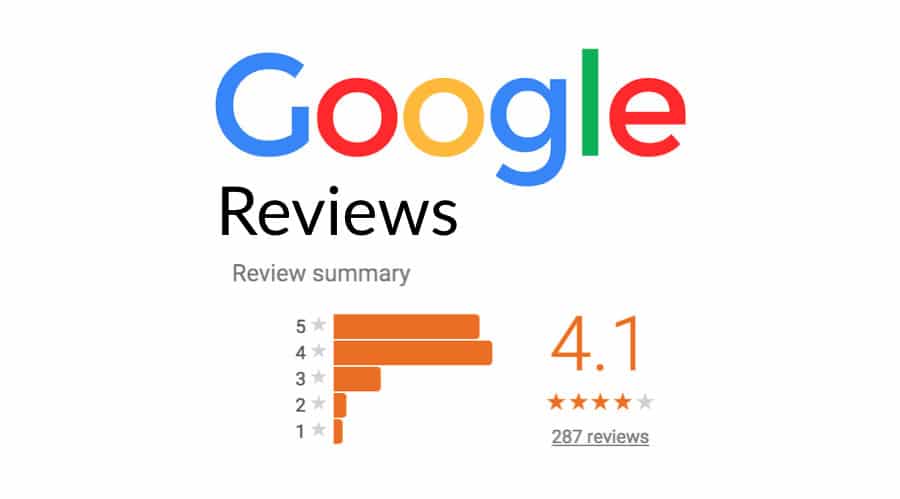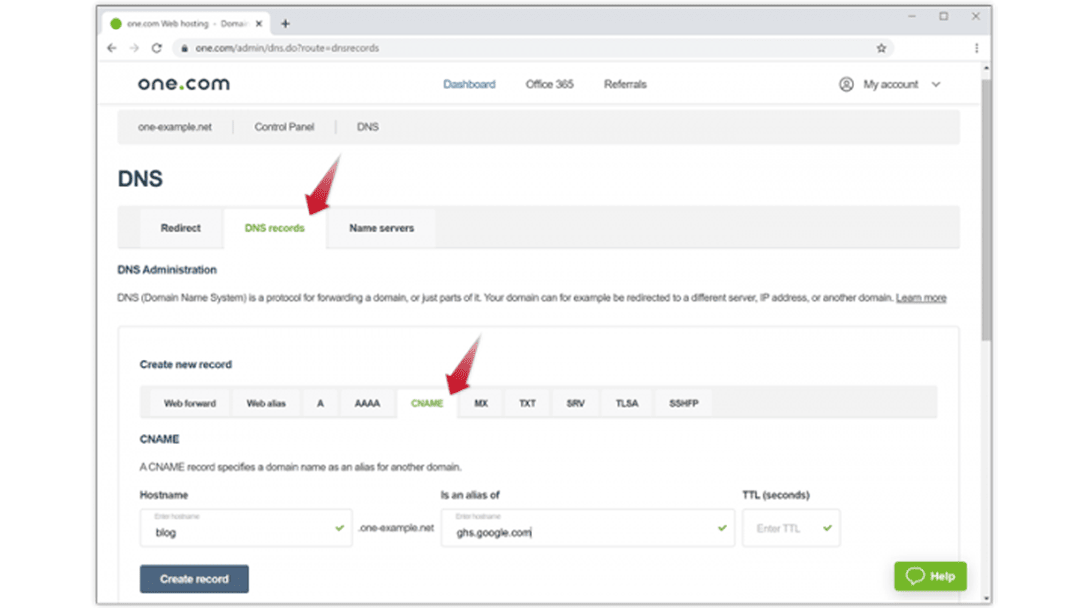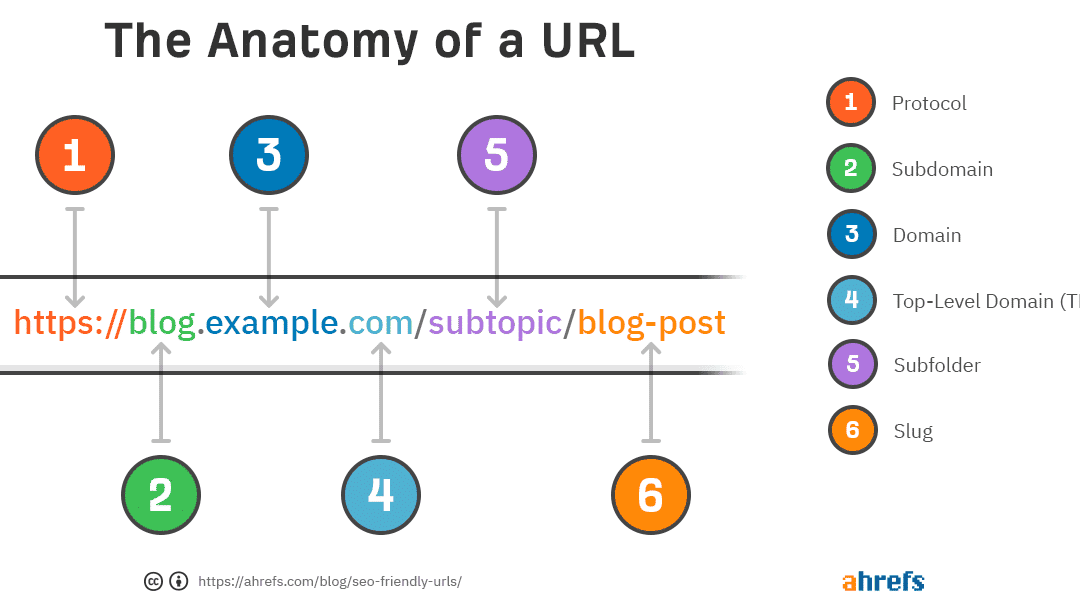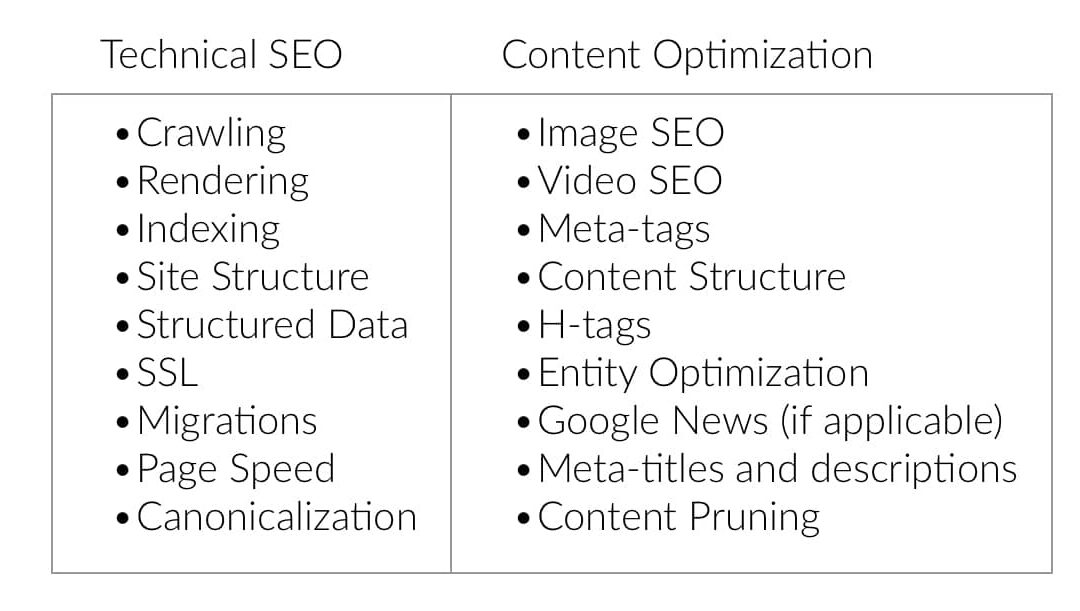
Google My Business Reviews Guide

Google My Business Profile
Google My Business profile tells people what your business is about, where is located, what are the timings, what people think about your business, and what they ask regarding your business. The listings page is one where business owners provide all details accurately and concisely because if there is written information that is not authentic, it will damage your credibility.

Once you optimize your listings, you will experience a change in how people are visiting your web page. If your business profile is verified, it will show up map details of location and gain customers’ trust. Because if your searchability increase on google, your customer will consider the website as a high-rank option available on SERPs.
Google My Business Reviews
In Google listings, one crucial aspect is reviews that help people navigate if they should select a search result as a potential option? People write reviews to share their experiences with a brand. Their good or bad reviews directly impact your business. But what you can do to get quality reviews in good quantity?
Authentic information and Good services
If your profile is verified and has authentic information written in listings, and your business provides favorable services, you will drive more traffic and conversion rates as if people trust your site they will become potential customers and loyalists.
Ask People to share a review
The best way to get more reviews is by asking people to write reviews. When people purchase or take services, you can ask them to write a review and let you know about their experience. You can share a link in which people can rate their experiences, and write and share pictures.
Reviews as FAQS
At times, reviews work like FAQs, if you are interactive with people, respond to their queries, thank them for their reviews and improve if they point to something which is not going well. But you can also respond to bad reviews if your services are good but still, people write negative things. Here is when reviews turn into faqs where you can guide people and provide details if they are confused about something. These reviews are often intended to lower your ratings so be aware of these reviews.
Influencer’s Review of your Business
There are ways to boost your reviews and one is to get reviews from influencers. People follow what influencers deem a relevant resource. If some celebrity or Mid-Tier influencer writes a review and shares a picture it will surely engage more people and make your product and services authentic on which people rely.














